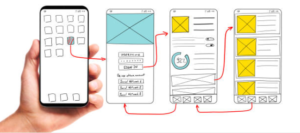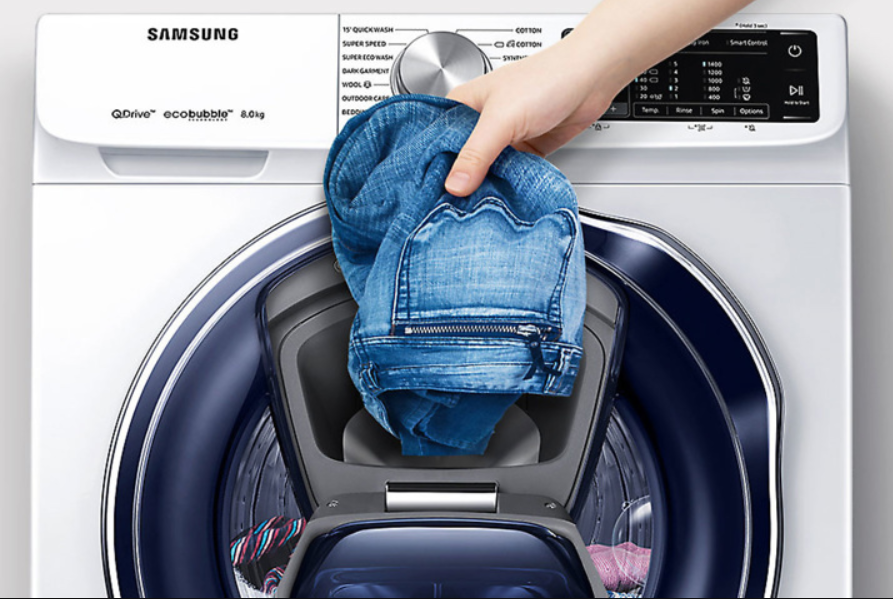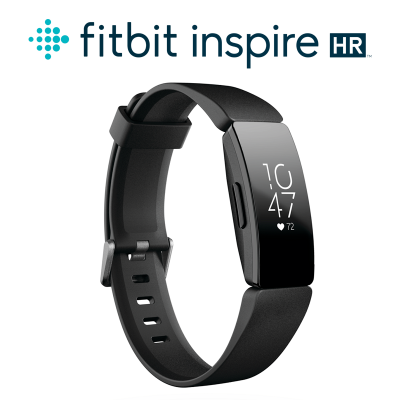How to Lock Down Your Privacy on Facebook

Scrolling through Facebook should feel fun—not like you’re walking around with your digital fly open. But the truth is, your personal information could be waving in the wind if you’re not paying attention. Privacy settings aren’t just buttons; they’re your armor. And if you don’t tweak them, someone else might peek into things you’d rather keep between friends. Most users don’t think twice before accepting whether it’s a friend request or a site offering to buy Facebook likes instantly—and that’s where the trouble begins. Let’s talk about how to tighten things up—fast.
Step One: Audit What You’re Sharing

Start with your profile. What shows up to strangers? Check your “About” section—it might be leaking your hometown, relationship status, or even your phone number. Go to your profile as “View As” and see what others can see. If you wouldn’t yell it across a crowded room, maybe don’t share it publicly online. Lock that info down like your life depends on it—because sometimes, it just might.
Step Two: Tame the App and Ad Settings
 Facebook loves knowing what you like—it’s how it keeps you scrolling. But the ad settings can be sneaky. Head to your settings and find the section on ads. Disable “activity outside Facebook,” and turn off categories that describe you. That way, you’re not feeding the beast every time you browse an online store. You’ll still get ads, but they’ll be less creepy and more random, which honestly feels like a win.
Facebook loves knowing what you like—it’s how it keeps you scrolling. But the ad settings can be sneaky. Head to your settings and find the section on ads. Disable “activity outside Facebook,” and turn off categories that describe you. That way, you’re not feeding the beast every time you browse an online store. You’ll still get ads, but they’ll be less creepy and more random, which honestly feels like a win.
Step Three: Check Friend List and Past Posts
Your friends’ list can say more about you than you think. Stalkers, scammers, and even exes might snoop through your network. Make your friend list private—it’s not a billboard. Then clean up your timeline. Use the “Limit Past Posts” option to lock down everything you once shared with the entire planet. You don’t need old posts from 2011 haunting you like a digital ghost.
Step Four: Turn on Alerts and Two-Factor

Two-factor authentication might sound boring, but it’s your first defense against weird logins. When someone tries to get into your account, you’ll know. Activate login alerts so you’ll get pinged if anything fishy happens. You can also pick trusted contacts in case you ever get locked out. Don’t rely on one password to guard everything—it’s like putting a padlock on a cardboard box. A little friction can save you a big headache.
Locking down your Facebook privacy doesn’t have to feel like learning a foreign language. It’s more like tidying up your digital house before guests arrive. You decide who gets to sit at the table and who stays on the porch. Taking a few minutes to review your settings can save you from future drama, spam, or worse. You don’t need to become a cybersecurity expert. Just stay curious, stay cautious, and remember: on Facebook, what you don’t hide can—and probably will—be used.…





 It all starts with a great idea. On the other hand, the idea that seems revolutionary to you essentially needs to be executed to turn into a successful thing. Therefore, the first and most important step in mobile growth would be to find out the purpose of your program and examine it from the facts. Determine the target audience of your app, where they are located, why they will download and use your app, what your competitors are offering for similar services or products, and what features your app should have. This analysis will take at least a day or two.
It all starts with a great idea. On the other hand, the idea that seems revolutionary to you essentially needs to be executed to turn into a successful thing. Therefore, the first and most important step in mobile growth would be to find out the purpose of your program and examine it from the facts. Determine the target audience of your app, where they are located, why they will download and use your app, what your competitors are offering for similar services or products, and what features your app should have. This analysis will take at least a day or two. While your app should have unique aspects, it shouldn’t be so special that no one else can handle it. You can skip the traditional learning curve associated with a new app if your screen users are comfortable with it. Your mobile app should include an easy and intuitive navigation or search function, especially if you have a large amount of content. Sharing on social media isn’t just for quick photos of cats and kids. Social networking programs have carved out a niche when it comes to communicating and collaborating with different people you know online, especially between employees who are geographically separated and between employees and their customers.…
While your app should have unique aspects, it shouldn’t be so special that no one else can handle it. You can skip the traditional learning curve associated with a new app if your screen users are comfortable with it. Your mobile app should include an easy and intuitive navigation or search function, especially if you have a large amount of content. Sharing on social media isn’t just for quick photos of cats and kids. Social networking programs have carved out a niche when it comes to communicating and collaborating with different people you know online, especially between employees who are geographically separated and between employees and their customers.…






 If you do not want to spend a considerable amount of money, we recommend looking for used audio equipment. If you search the Internet, you will find many stores on the Internet that have used the audio equipment. Most of them are in very good shape and can be used without any problems. Start looking for the best brands because they usually offer the best products. There are many stores on the Internet that allow you to compare goods, i.e., to compare prices, features, and other aspects that are important to you. But if you want to learn how to save money for audio equipment, visit
If you do not want to spend a considerable amount of money, we recommend looking for used audio equipment. If you search the Internet, you will find many stores on the Internet that have used the audio equipment. Most of them are in very good shape and can be used without any problems. Start looking for the best brands because they usually offer the best products. There are many stores on the Internet that allow you to compare goods, i.e., to compare prices, features, and other aspects that are important to you. But if you want to learn how to save money for audio equipment, visit  Another thing to consider before buying a sound system is whether you prefer to buy a wired or wireless system. Wireless systems are less expensive and much more suitable. They are easier to install, easier to use, and much better than wired systems.
Another thing to consider before buying a sound system is whether you prefer to buy a wired or wireless system. Wireless systems are less expensive and much more suitable. They are easier to install, easier to use, and much better than wired systems.





 Consumers prefer programs that are simple to use. They make room for simplicity directly. There are many programs on the internet for a user. Rather than analyzing your program, users will try to find an easier to use program. So, top program devs prefer to design their apps in such a manner that a 10-year old child will have the ability to browse through the program. It’s possible to choose some opportunity to research some successful programs. You may discover that most of them are extremely simple to comprehend and utilize, offering an excellent user experience.
Consumers prefer programs that are simple to use. They make room for simplicity directly. There are many programs on the internet for a user. Rather than analyzing your program, users will try to find an easier to use program. So, top program devs prefer to design their apps in such a manner that a 10-year old child will have the ability to browse through the program. It’s possible to choose some opportunity to research some successful programs. You may discover that most of them are extremely simple to comprehend and utilize, offering an excellent user experience. The amount of its consumers judges any app’s achievement. So program developers make sure their programs support both iOS and Android platforms. Then you have halved the odds of success if your program works on both. If your program works on the sole iOS, it means you’ve cut off most Android users and vice-versa. To make your application successful, it must be compatible with both Android and iOS.
The amount of its consumers judges any app’s achievement. So program developers make sure their programs support both iOS and Android platforms. Then you have halved the odds of success if your program works on both. If your program works on the sole iOS, it means you’ve cut off most Android users and vice-versa. To make your application successful, it must be compatible with both Android and iOS.
 There is a principle of program storage for iOS application developers, along with the rule that they must follow to design radio applications that achieve the rate. Because workers’ customers are more significant than many others, the program memory is overflowing with apps. The material discusses the best methods for this, such as the level of security. During discovery, along with tracking, developers create applications that do not contain threats.
There is a principle of program storage for iOS application developers, along with the rule that they must follow to design radio applications that achieve the rate. Because workers’ customers are more significant than many others, the program memory is overflowing with apps. The material discusses the best methods for this, such as the level of security. During discovery, along with tracking, developers create applications that do not contain threats. Developers need to update their applications. As time goes by, new threats …
Developers need to update their applications. As time goes by, new threats …
